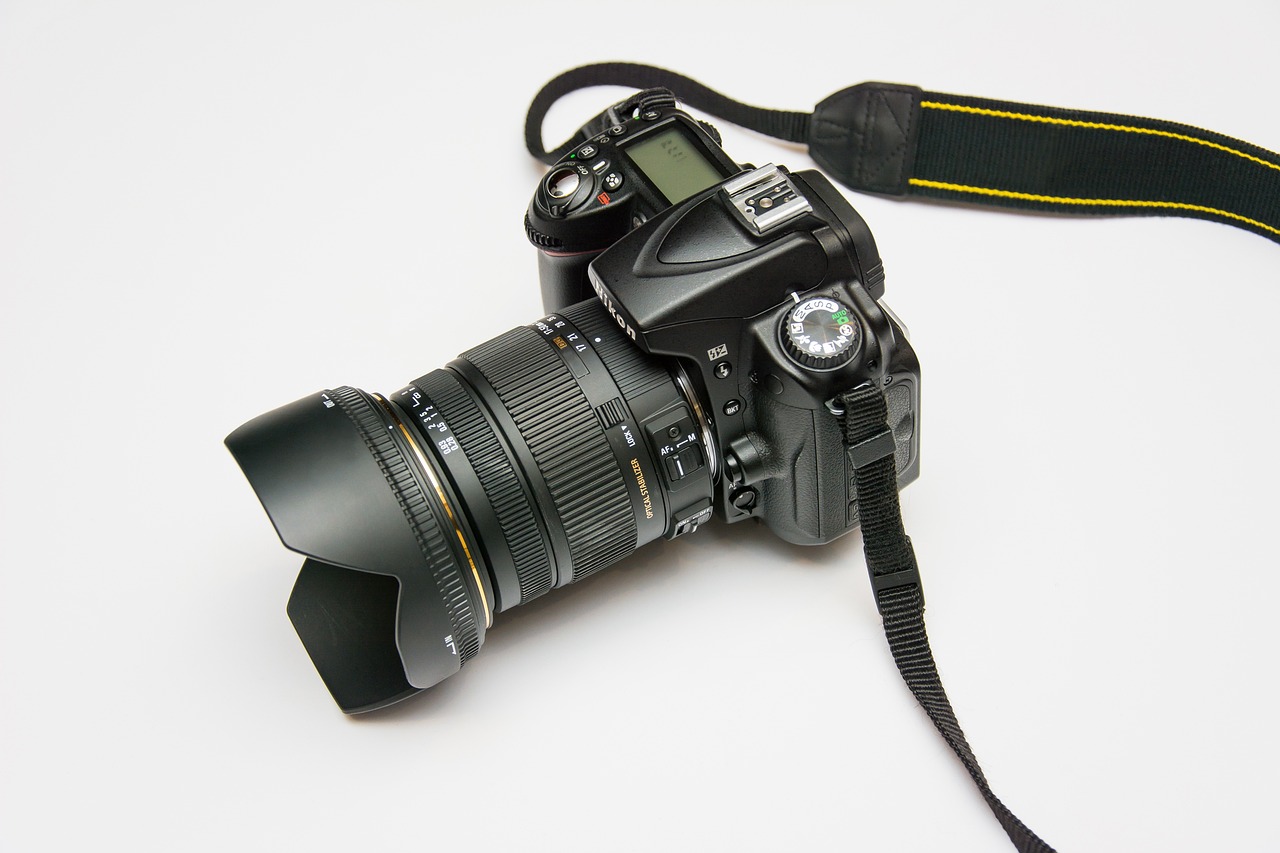Camera Technology
A camera sensor consists of a grid pattern of structures designed to convert photons (light particles) into electrical energy, called electrical signals. Each photon hitting one of these structures converts into a digital signal that can be processed by a tiny computer chip and used to form a picture of what is being seen through the lens. Color can be added by filtering light coming through so only certain wavelengths (red, green and blue light waves) reach its sensor and become converts into digital signals that can then be processed further by this chip.
Image processing software gives each camera its unique capabilities. Each camera manufacturer creates their own software to transform raw electrical signals into an image that is clear and easy to read, while noise reduction routines and the capacity for smoothing pixels out are also included in these packages.
LED technology, digital cameras and deep sea pressure housings now allow high quality underwater still pictures to be stored and retrieved on the bottom of the ocean for years or even decades – this allows researchers to extract much more information about flora, fauna and small features on the seafloor from image data than was possible just a few decades ago.
Sensors
Sensors are electronic devices used to measure physical changes and report them back to other electronics, usually a computer processor. Sensors play an essential part in modern life and in creating intelligent IoT (Internet of Things) systems; providing real-time responses for automation, increased safety measures and greater operational efficiencies.
Cameras provide invaluable data for marine applications such as monitoring shark releases, documenting bycatch, and identifying target species. Thanks to advances in light emitting diode (LED) design, image storage techniques, and deep sea pressure housings, cameras can now remain at work on the ocean floor for months or even years with appropriate power storage solutions.
This article seeks to address the use of an underwater camera for a specific purpose – monitoring shark species released near a vessel and comparing results with surface cameras. A key requirement was that it was fully integrated with Saltwater Inc EM system processing and software, easy for captain and crew during hauling process, durable in marine environment conditions and capable of providing clear imagery throughout video review process.
To meet these objectives, the “PlasPi” system was devised using readily available components from retail stores as well as 3D printed parts that are cost effective – for use in shallow water up to 150m deep depth. A Raspberry Pi Zero W microcomputer operates this device through open source python script programming for operation.
Image Processing
High definition subsea cameras offer operators an invaluable visual context when undertaking remote operations in demanding marine environments, making their work more efficient in some of the harshest deep ocean environments on the planet.
HD video is inherently more complex than standard analog composite video and requires more bandwidth to operate, sometimes up to 6 megahertz just for video transmission alone! This can have significant ramifications on camera selection and lighting considerations as well as system integration requirements such as Ethernet transmission.
An emerging low latency HD subsea camera technology offers the solution. For instance, the IPOZ TriKam provides real-time situational awareness of seafloor environments while offering advanced image processing for 3D modelling, stereo imaging and photogrammetry; its point clouds also enable gathering ranging data and depth pressure measurements.
Subsea HD cameras provide one key benefit – wide angle high resolution still images captured at wide angles with HD subsea cameras. While video footage may suffer from compression artifacts that limit its usefulness in machine vision applications, still images can be post-processed to extract features for high-quality digital mapping and photogrammetry applications – an approach particularly helpful for documenting geological or biological samples in their natural environments. An example would be this map created from 263 still images captured with HOV Alvin using MISO-OIS GoPro camera during dive in 2018 at Loki Castle hydrothermal vent field using 263 still images captured using HOV Alvin during dive.
Data Storage
High definition subsea cameras transmit image data using digital signal transmission standards such as HD-SDI, GigE Vision or Internet Protocol Real Time Protocol (IP-RTP). These high-speed video protocols transmit image frames and control signals over an Ethernet network connection; this allows video streaming as well as remote control of image settings such as size, quality, bit rate, white balance gain compensation or backlight compensation settings.
The OE17-110 Subsea High Definition Camera is an extremely rugged and reliable system, designed for operation at 500 meters depth. Featuring an aluminum anodized housing and scratch-resistant borosilicate glass port for protection, its onboard high-resolution CMOS sensor captures HD videos and digital still images at amazing quality – ideal for underwater inspection, 3D modelling, photogrammetry stereo imaging applications as well as more!
Subsea Visual Simultaneous Localization and Mapping (VSLAM) is a cutting-edge technology that makes it possible to precisely locate subsea vehicles in real time in deep ocean environments, using machine vision processing combining visual image data and machine vision processing in combination with real-time point cloud displays. VSLAM plays an essential role in providing rapid and accurate survey quality control required for efficient subsea inspection.
Voyis’ Discovery Stereo camera stands out among other hardware solutions for subsea VSLAM with its innovative optical engineering and robust construction designed to withstand underwater conditions. It features high-resolution sensor paired with dome view ports that prevent nonlinear distortion inherent to flat viewports while simultaneously expanding the field of view of this device.
